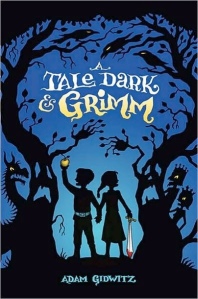In an attempt to interweave literature into my students’ studies of the American Revolution, which is being taught in their social studies class, I chose the novel Chains for the class to read.
There was some bias there. I have met and heard Laurie Halse Anderson speak and I think she is WONDERFUL, so I made an effort to search out her work over the summer and was pleasantly surprised to find that she wrote historical fiction for middle grades.
My students started reading the novel this past week. After years of teaching, I am quite used to students’ resistance to reading the “class” novel. I actually advocate for student choice and they are also reading books they’ve chosen outside of class and participate in online book reviews. But I needed to do a class novel.
I hesitated to start the week before Christmas because students (especially middle schoolers) are notoriously checked-out that week. But, I did it anyway. In fact, after three days of reading, they are already 74 pages in and let me tell you, many of them are incredibly proud of this fact, particularly those reluctant readers.
I cannot say that every student loves this book, but overall, the feedback has been overwhelmingly positive. Many of them keep telling me how much they like it and they can’t believe a teacher would pick so many good books to read (they read The Outsiders over the summer and still refer to it).
They tell me that they never thought they would like a book that took place so long ago. They yell at me for ending their reading assignment on a cliff-hanging chapter.
I put them in literature circles and they discuss, debate, and hypothesize about their reading. They tell me that they love getting the freedom to talk about the book with others. They say they understand it better after they get others’ perspectives.
Is it a perfect system? No. There are still those who are reluctant, but those readers are able to get help from their peers. And if they aren’t prepared for the discussion, their peers let them know that they need to be next time. It is not me, the teacher, putting on the pressure. They are suddenly a part of a group effort and I am seeing students read that I’ve never seen read before.
So, what is my point? I guess three things:
- Chains by Laurie Halse Anderson is a wonderful book that captivates the world’s toughest audience – pre-teens. It is about a topic that I never really considered until the moment I picked up the book – slavery during the American Revolution and the irony surrounding the fact that Patriots cried out for freedom while simultaneously owning slaves.
- Literature Circles work. I hear students interact on an intellectual level. I hear them critically think. They analyze characters, plot, symbols, and passages. They make predictions based on their reading. They learn how to talk about literature and also, to think about it in ways they never have before.
- And finally, I’m just really proud of them.
Related articles
- SPEAK by Laurie Halse Anderson (Banned Books Week) (bookjourney.wordpress.com)
- Twisted by Laurie Halse Anderson (fortitudeandpatience.wordpress.com)






